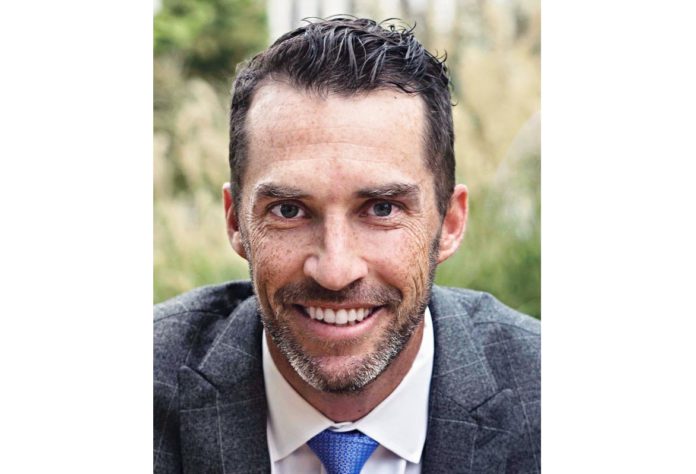by Jarrod Compton
After years of near-zero rates, the U.S. has experienced one of the fastest rate-hiking cycles that we’ve ever seen, making borrowing money more expensive for everyone. While the Federal Reserve is expected to slowly start cutting rates later this year, the resulting Federal Funds rate will likely still be considered restrictive, meaning that this new financial landscape won’t go away anytime soon. But rest assured, there’s no shortage of access to capital – it just looks a little different and costs a little more.
2023: A Shift in Lending Practices
In 2023, banks generally became stricter about lending money for multiple reasons. First, the cost of capital for financial institutions has grown. The Secured Overnight Financing Rate was higher than 5% at the time of this writing. In this higher-rate environment, loans cost more for borrowers, but financial institutions also must pay greater interest on deposits, which has greatly impacted the threshold standard return profitability that banks need to maintain when deploying their capital.
Additionally, some banks also tightened their lending standards out of concern that borrowers may struggle in the overall economic environment. After all, borrowers were not only contending with more expensive debt costs, but also higher prices all around due to inflation. No one wanted a situation where many borrowers would suddenly be unable to pay their loans, causing a rise in defaults.
Since then, the situation has changed dramatically. Yes, the rate environment isn’t as favorable for borrowers as when rates were near zero, but the capital is still there. In fact, for credit-worthy customers, capital is pretty accessible in today’s environment.
Defining Credit Worthiness for Tribal Businesses
What does it mean for a tribal business to be credit-worthy? One factor is having strong, consistent cash flow streams and stable liquidity. Another is maintaining a trusting, long-lasting relationship with a financial services provider. Although many people underestimate the power of the latter point, access to capital can be challenging if you don’t have that type of relationship with your banking partner. A banking relationship built on trust is particularly crucial when navigating through the rough patches that any business faces.
It’s a lot easier to deal with the downtimes if you have a close relationship with a financial services provider as you navigate conversations when access to capital is needed to grow the business.
Does Your Bank Meet Your Current Needs?
At the same time, it’s important to keep in mind that not every financial institution can meet your business needs. This is especially true for tribal businesses, as borrowers in Indian Country can be in rural areas. As a result, they might have a relationship with “Bank X” that fits their everyday deposit needs – but cannot fulfill their needs for a large sum of capital or other ancillary solutions, should those needs arise. Tribal businesses need a financial institution of scale that is committed to Indian Country and can help their businesses grow.
Financial institutions that have a holistic platform of solutions are also less beholden to a threshold standard return profitability. Since they’re not primarily depending on deposits for capital, but also can rely on other sources of income such as fees – these institutions are also less impacted by the high-rate environment. As a result, they are able to provide favorable access to capital and can proactively educate customers about the options they have to earn interest.
A Buffer Against High Rates
A holistic financial institution should have the knowledge and breadth of services to help tribal businesses survive and thrive in any environment. Take credit, for instance. With rates having risen so high, actively engage in conversations on how to mitigate the higher cost of capital. Fortunately, interest rate swaps and fixed-rate hedging instruments can help lower the cost of capital based on the inverted yield curve. For example, with interest rate swaps, you can lock in a fixed rate lower than a floating rate based on rate expectations. This is an entirely new rate environment unlike any we’ve seen in recent history. It seems different and sometimes challenging for borrowers because it is. Lean on financial experts so you don’t have to
navigate it alone.
Jarrod Compton is Executive Director of Native American Financial Services at BOK Financial. He can be reached by calling (918) 588-6301 or email [email protected].













































